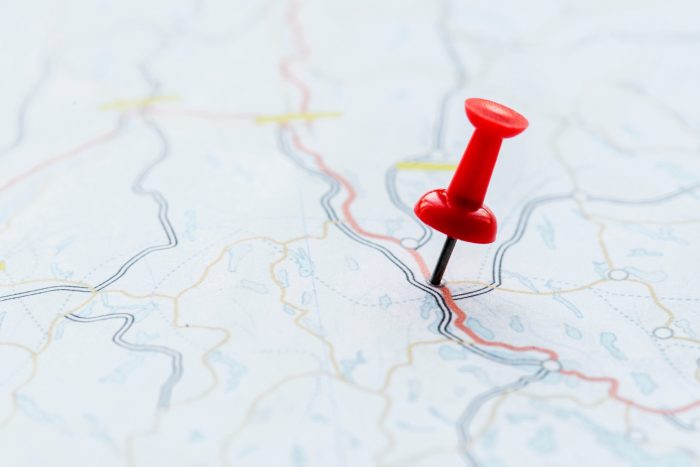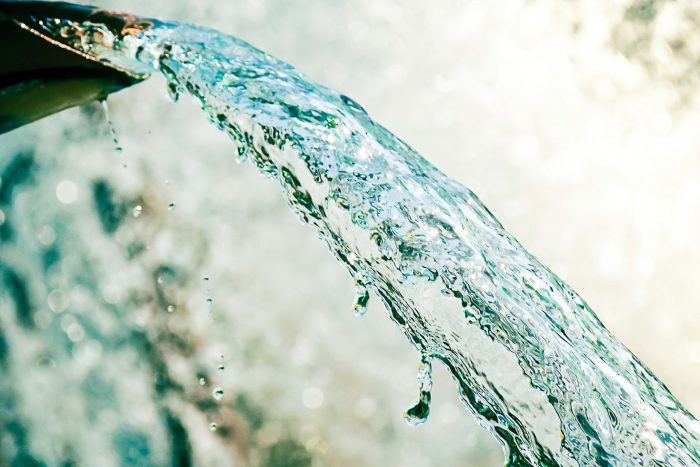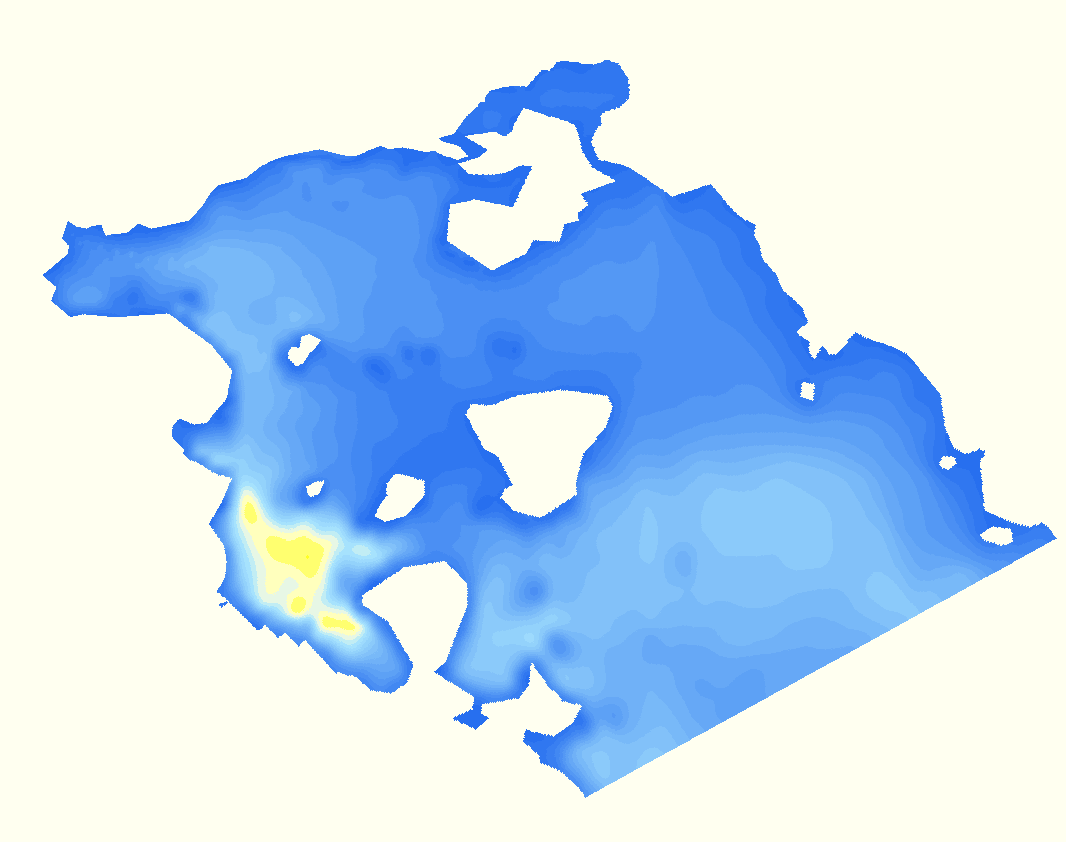
Case Study: Area of Interest
The study area is located within the Saronic Gulf, southern to the capital of Greece, Athens. The Saronic Gulf is connected directly to the Aegean Sea to the Southeast through a 42 km span between the Argolid and the Attica Peninsula. To the Northwest, the Saronic Gulf is connected to the Gulf of Corinth, through the Corinth Canal. A more thorough look into the geomorphology of the Gulf indicates three subsections with vastly different characteristics. Specifically, the outer gulf, at the Southeast, with a direct connection to the Aegean Sea, the inner gulf at the Northeast is located away from the open boundary and it’s an area of major economic interest due to the presence of the Port of Piraeus. Finally, the western part of the gulf displays significant variability in terms of bathymetry, with the greatest depths of the gulf appearing in this section. The western section of the gulf includes the area of interest, i.e., the end-user’s desalination plant, constructed and operated by SYCHEM.
About the RO Desalination Plant
The desalination plant is equipped with an UltraFiltration (UF) pre-treatment stage and a Reverse Osmosis (RO) stage for the production of potable and demineralized water for MOTOR OIL HELLAS – Corinth Refineries. With a production capacity exceeding 7.000 m3/day, it is considered the biggest seawater desalination unit in Greece. The special integrated pretreatment system along with the utilization of contemporary energy recovery systems, creates a novel international standard of energy consumption optimization. SYCHEM was in charge of all phases of the project, including the design as well as the construction of the unit, while being solely responsible for the full 10-year operation. This fact demonstrates SYCHEM’s high tech expertise in water technologies reassuring quality products and services.

Modelling Approach
Due to the extent of the Gulf and its direct connection to the open sea, the developing hydrodynamic conditions are subject to several external forcings and physical processes such as wind, wind generated waves and currents. These processes interact in the coastal zone requiring numerical modelling to accurately simulate their interactions. A 3D circulation model is implemented in combination with a third-generation wave model, SWAN, integrated in the Delft3D Modelling Suite.Modelling Components
Delft 3D Flow is a three-dimensional hydrodynamic and transport simulation package which calculates non-steady flow and transport phenomena that result from tidal and meteorological forcing. Hence, D3D Flow can carry out simulations of flows, sediment transport, waves, water quality and ecology. On the other hand, SWAN solves the wave action balance equation with energy sources and sinks to obtain realistic estimates of the wave parameters in coastal areas. A coupled wave-flow model can provide information on the hydrodynamic and wave characteristics of the gulf along with information on water quality on the basis of a short-term forecast.

